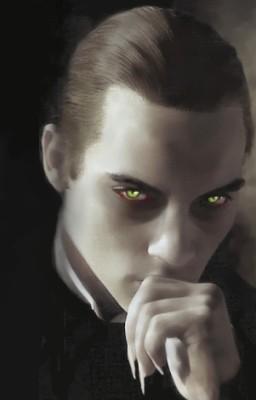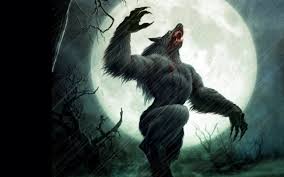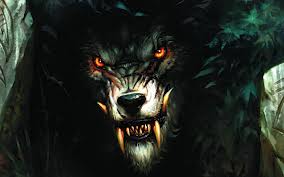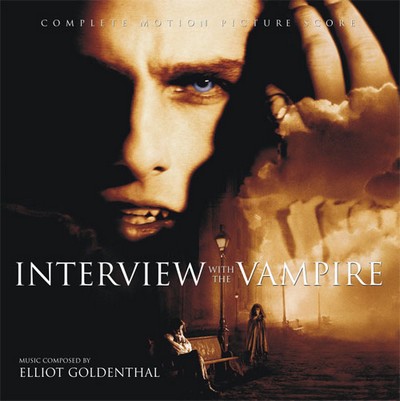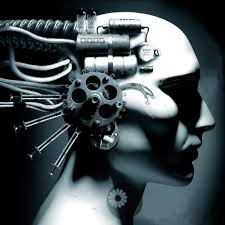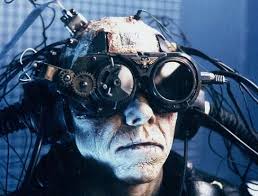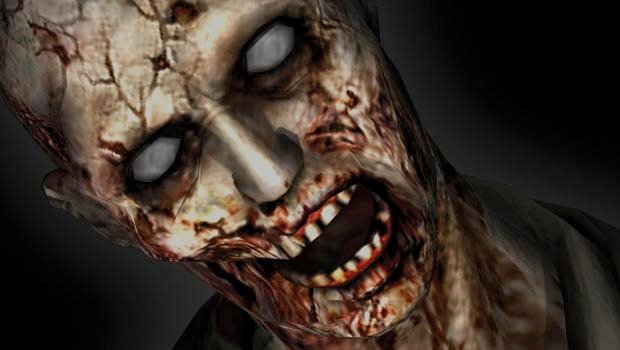
A Zombie is a made-up creature characterized by insatiable appetites and governed by a monomaniacal, brainless, obsessiveness.
Its goal is immediate and constant gratification – a hedonistic nightmare.
It is neither male nor female, because its sex is nothing more but a decaying remnant of a previous persona, resembling the tattered clothes falling off of its putrefying, rambling, form.
We cannot call it human, because it is not identifiable as anything reproductive. Calling it a “thing” should suffice.
It is a monstrosity, infected by some kind of modern disease which has overturned death and made it animated, in imitation of life.
This is why it serves as the perfect caricature, metaphor, symbol, for the common every-day, western, Americanized, feminized, man.
They would call me “old” and “outdated”, these children of backwards dreaming “progressiveness” and self-denying anabasis, towards self-annihilation; they would call me “primitive” and “stagnate”, these idealistic naïve hypocrites, of reverses and decline.
Their adolescent, uncomplicated, vacuity is now calling itself the height of human development, when it dreams of returning to the mud and it hopes for a reversion back into a state of unconscious invariance.
Those who have been stunted, from birth, taught to associate “maturity” with compromise, been made to believe that all change is an ascension, and all tolerance a virtue, now present themselves as the flag bearers of a coming “glorious” age where neither, nor anything else, will be distinguishable apart from the emptiness of words describing an ideal to end it all in a sudden paroxysm.
If anything, it is my message of continuing fragmentation towards greater and greater distinction, my desire to separate and distinguish, that should be called progress …for they only preach a return to some idealized past state of imagined unity, an affirmation of a singular thingness, pretending to be enlightenment, and whose only promise is an avoidance of reality and the sensation of existing as an ongoing process, which is truly primitive and backwards looking.
What is rotting is this not so youthful fatigue with reality and this desperate need to be re-assimilated within a pool of romanticized dirt.
But where does one end with the deconstruction?
If not the individual, then the species.
But why stop there?
If not the species then why not life, as a general common ground?
But why stop there?
Why not follow this string all the way out of this labyrinth and back, way back, to the absolute nothing or something?
If the denial of self is all these “young” revolutionary minds want, then why not just annul themselves and be done with the bullshit?
Let us “progress” backwards into the nothingness/somethingness which never was and never will be.
Let us imagine our own suicide as some moment of divine grace and call it inspiring.
No, I will only allow these rotting shells to “progress” all the way back to non-existence.
My own road takes me onward, into increasing fragmentation and distinction and discrimination …into consciousness.
I resist this tide of conformity and self-negation, pushing onwards and onwards to an unknown and forever incomplete individuation.
I am more than self?
No, I am irrelevant without self.
The species is not the end of the line; otherwise it would be the end of all lines.
The species is merely a distinction, a type of life …as the individual is a distinction, a type within a type.
It is these types that are selected …naturally…and through this selection higher types are formed …onwards and onwards, towards growing separation, growing distinction, growing discrimination, growing individuation…increasing entropy.
It isn’t I who is old and backward …it is they, with their tired ideals of uniformity and total assimilation.
They dream of the Big Bang as if it were a paradise, when it is a distancing from it which is what existence is …and the very concept of a Big Bang, scientifically speaking or not, is based on no absolute state …but on a near state.
It is this away from, which identifies; this rejection of, which characterizes.
No, no, no, dear nihilists, I embrace change, for without it I would not exist, and I embrace separation, for without it I would not be perceived or even be considered or even be.
It is you, you pretentious, artificial, youngsters, you zombies of hope, who have mistaken stupidity for progress, who hope for an end and no self, who are old and decrepit and cowardly and …already beyond age …for you are half-dead.
This is truly your time, your land …your modern age of the living dead.
Your uniqueness is in how desperately you wish to be anything but different; anything but separate and other than …and conscious of it.
Do you see yourselves?
How magnificently “free” you all are, roaming the urban landscapes, feeding on each other, mindlessly mumbling the same groans and tearing pieces from one another with your tender loving embraces and jagged-toothed smiles.
You will kill for this New World Man …this enlightened Man who awakens to the “illusion” of self and conveniently finds himself reflected in void eye-sockets and repetitive drones.
Murder self, to save Self …the New-Aged idol, for the needy heart who has “overcome” worship.
Your romantic ideal has shrunk, somewhat.
From a transcending God it is now an idealized Man, and from idolaters you have turned into humanitarians.
Now that is progress.
All is swept away in the cleansing tides.
The exceptional no less than the conventional linger, but for a time, languidly being turned into fine dust from which all impurities are deliberately taken out and anamnesis is turned to notoriety; more obviously so, the notable are sanctified, in this manner; their intolerable and so less useful parts thrown away and forgotten.
The remainder is then chiseled into desirable shapes and finely polished into shiny decorative icons for mass consumption.
The final product is then sold to desolate hearts wanting to weigh themselves down with mass, feeling the pull of the current, or wanting to be lost beneath the distractive effect of adornments so that they too may linger in memory, but for a while longer.
The slow deterioration of the living experience has this result.
All is notched-up in severity to deal with the loss.
Things have become so safe, so comfortable, that one needs to emulate risk, re-inject pain, exaggerate the sexual practice, to feel anything.
This is a consequence of numbness.
No fear, no risk, no price, no sacrifice …all is made mute and the body falls into inebriated bliss. It shuffles, hungrily towards its next fix, consuming, consuming, consuming to fill in the void in its decaying flesh; wishing to quell the ache of existing.
Suffering and pain are turned into sensations to be avoided when they are nothing more than the sensation of existing.
But then the mind rebels against this zombification where flesh rots or is petrified so that it can no longer feel anything beneath a certain grade; it wants to feel what it means to be alive, knowing that soon this will no longer be an option.
The proverbial movie zombie, is a mindless, automaton, governed by pure hunger (need), deteriorating, rotting, driven to find healthy flesh to consume and replenish itself, in an ceaseless struggle to procure material so as to satisfy a hunger it cannot control nor escape.
It is now (2013) a popular symbol, constantly coming-up in modern art, for it so perfectly reflects the modern man.
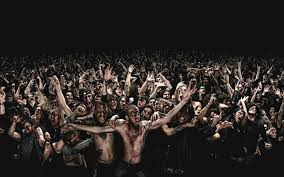
A Zombie is all about hunger, hedonism, feeding, corporeal compensation for a decaying body, and a rotten brain.
It has no historical background, no past. It is all about the immediate, the gratifying, and the shallow. It can only stumble towards some future; it drags itself towards any sound, any movement, promising action, a source of material fulfillment.
It congregates on mass, and feeds.
Zombies are individualistic, in that they follow their own need/hunger, towards the intended source of satiation, but their behavior is uniform, in that it is predictable and shared.
They are identities who adhere to a common behavioral patterns, which may, or may not, take a different path but, in the end, is headed towards the same, the common, the shared, object/objective.
In isolation, the Zombie is easily dealt with, because of its mindlessness, and slowness. Slow is what defines this creature – slow and methodical.
It is when zombies become part of a group, attracted by a shared stimulation, when they become a force to be reckoned with.
Zombies, much like simple organisms, animals, need not have a sense of self, a shared identity, nor even come from the same background, wear the same rags, or have to have experienced the same things in the same ways, because it is their shared hunger, the binding need, the lack, which makes them a singular category.
Reason for editing


